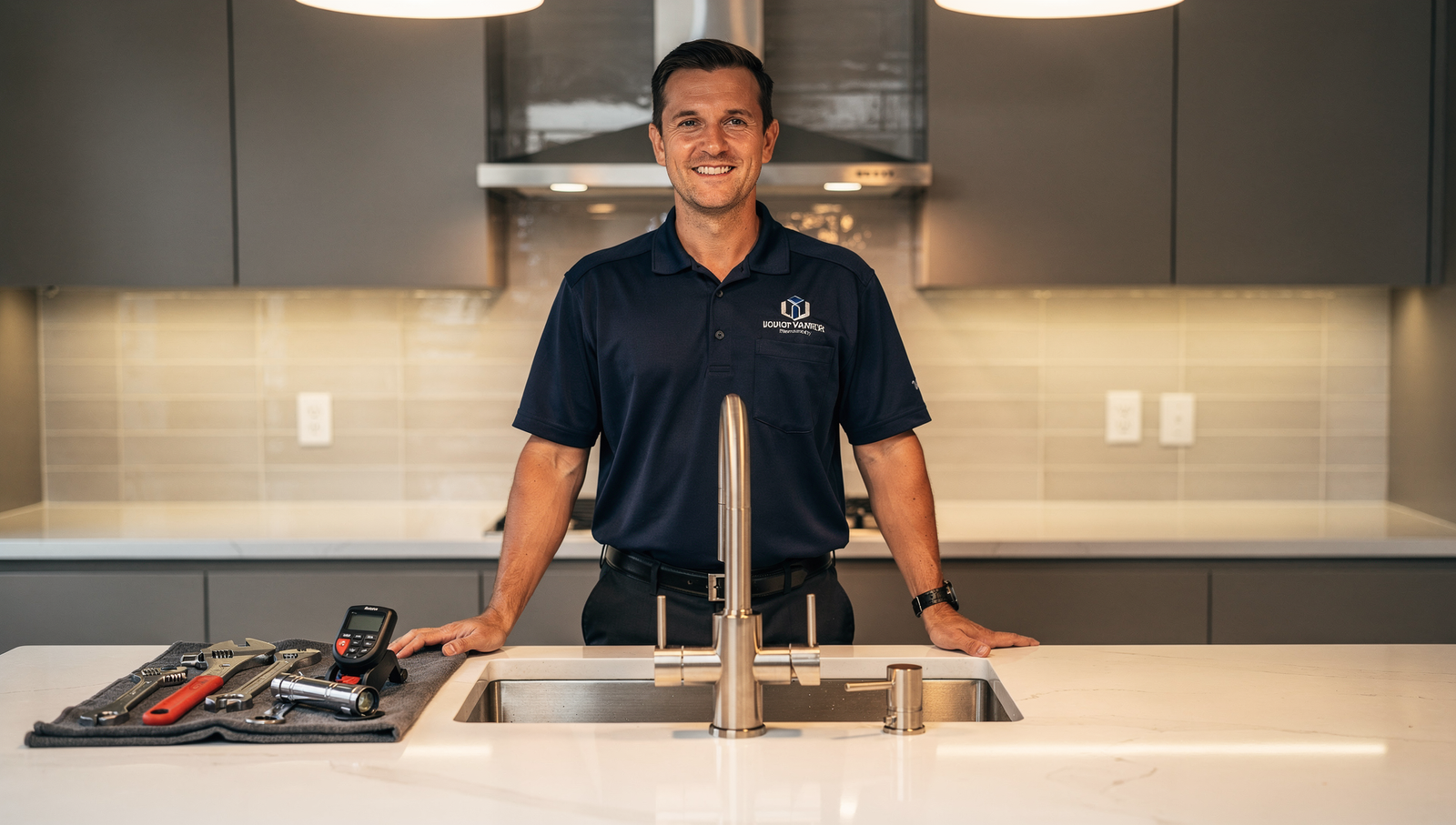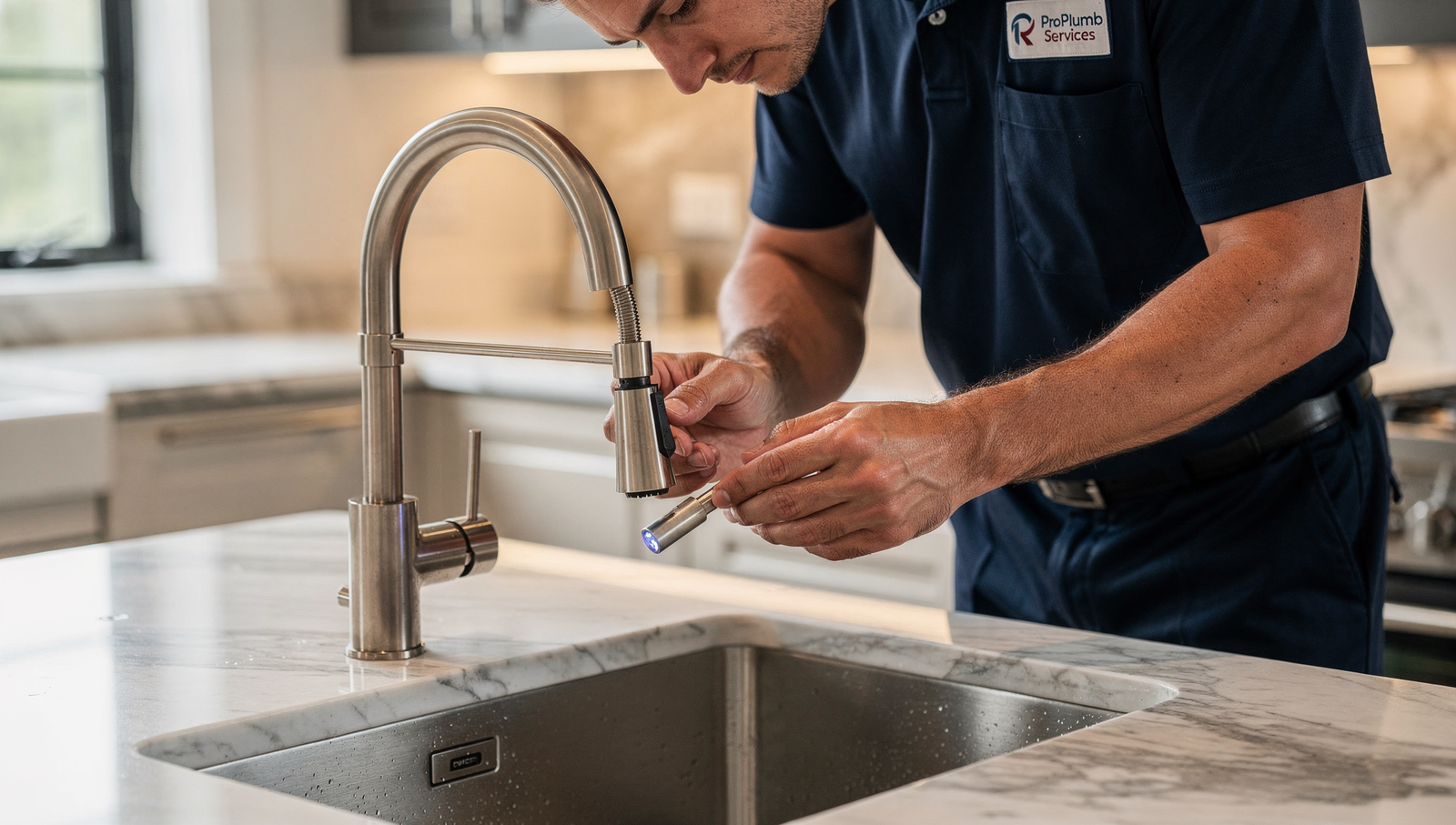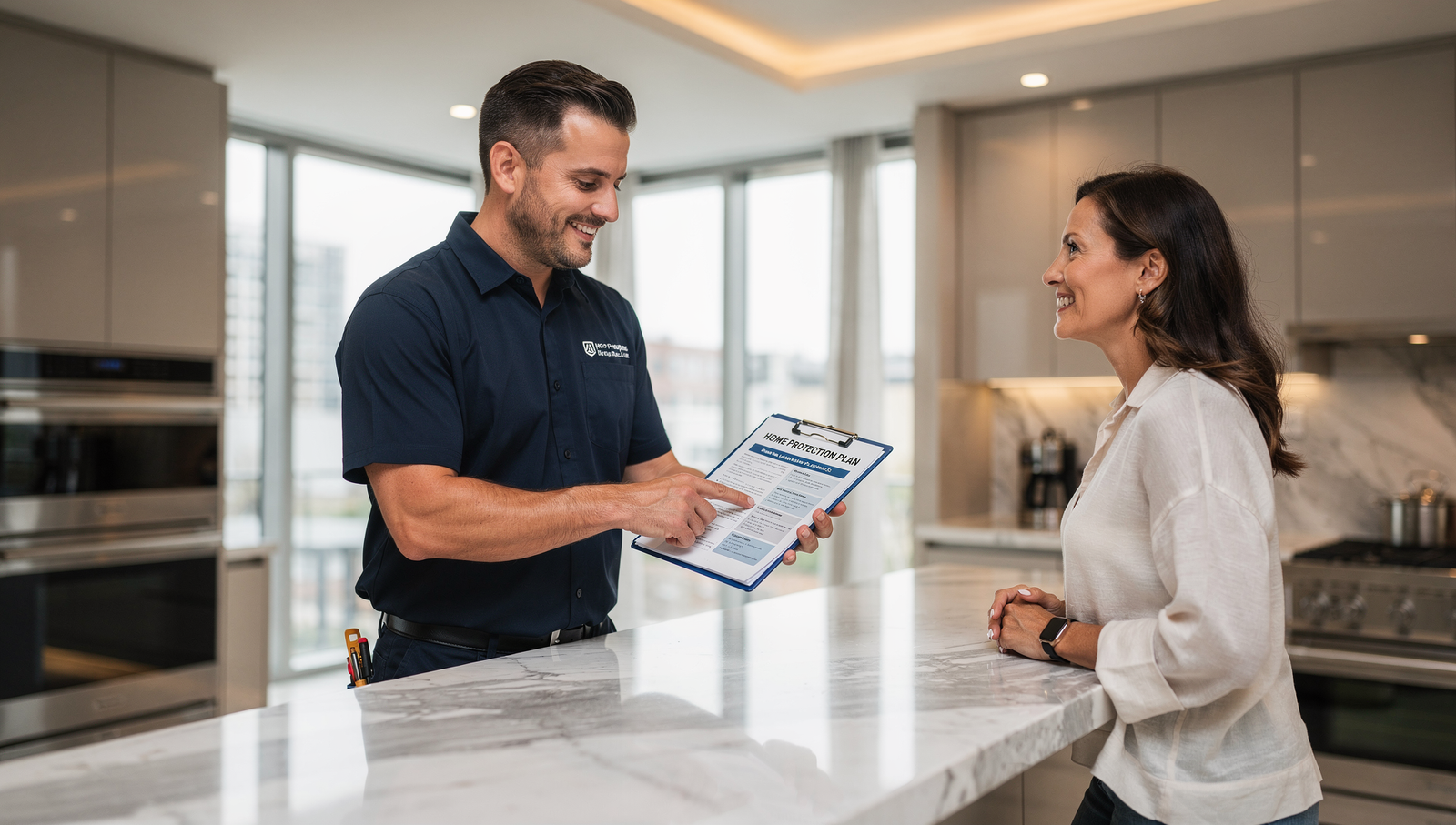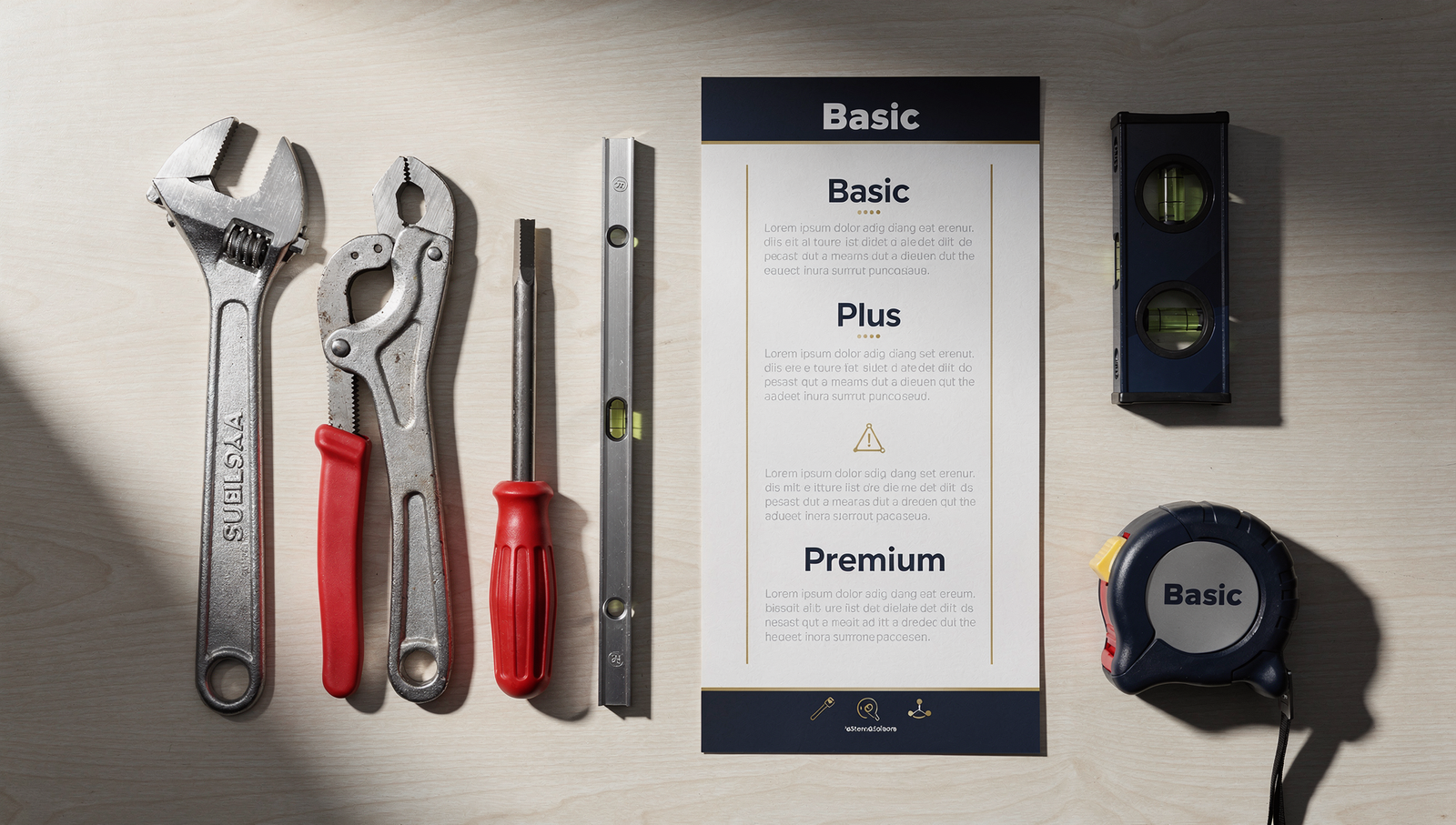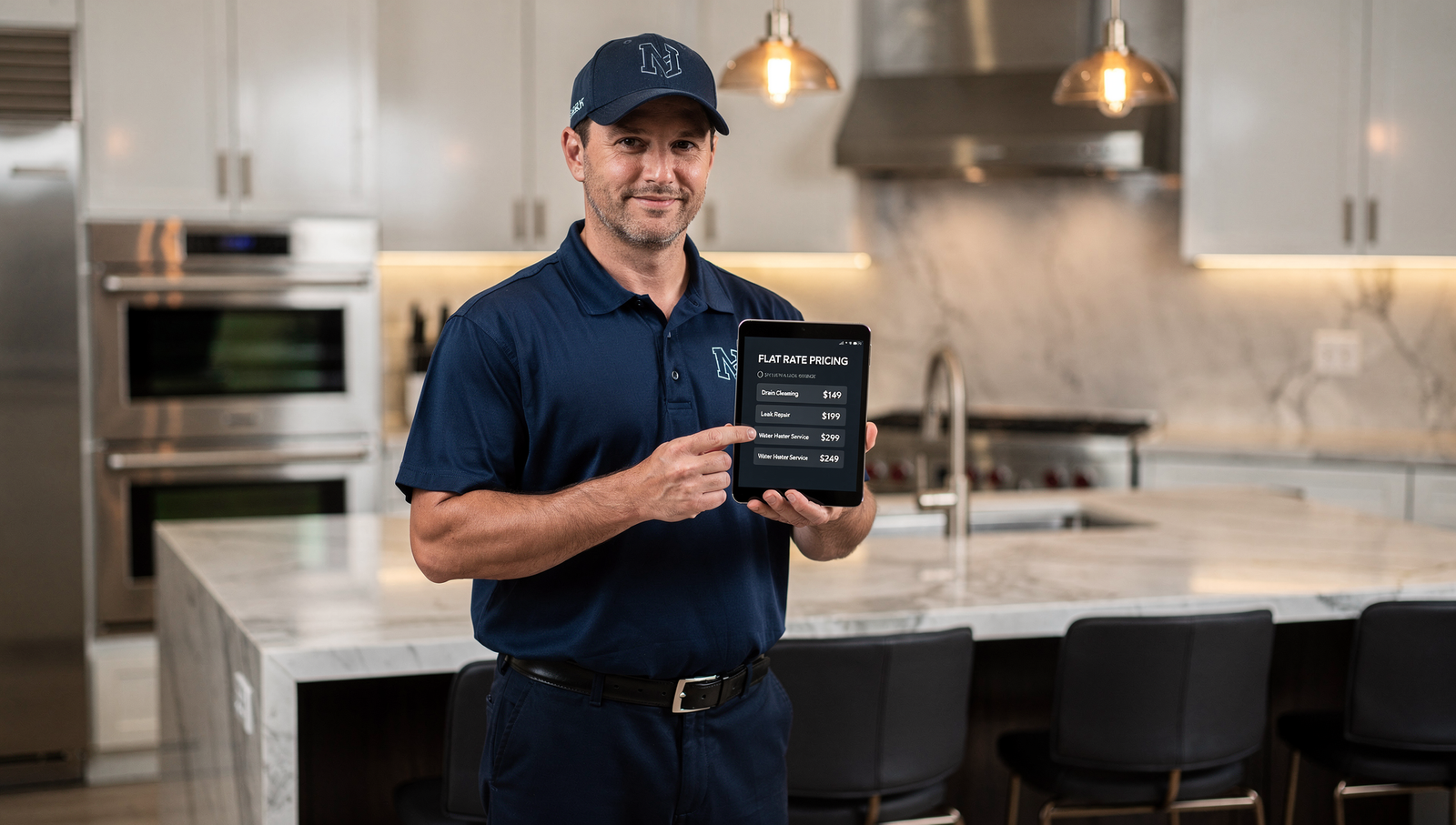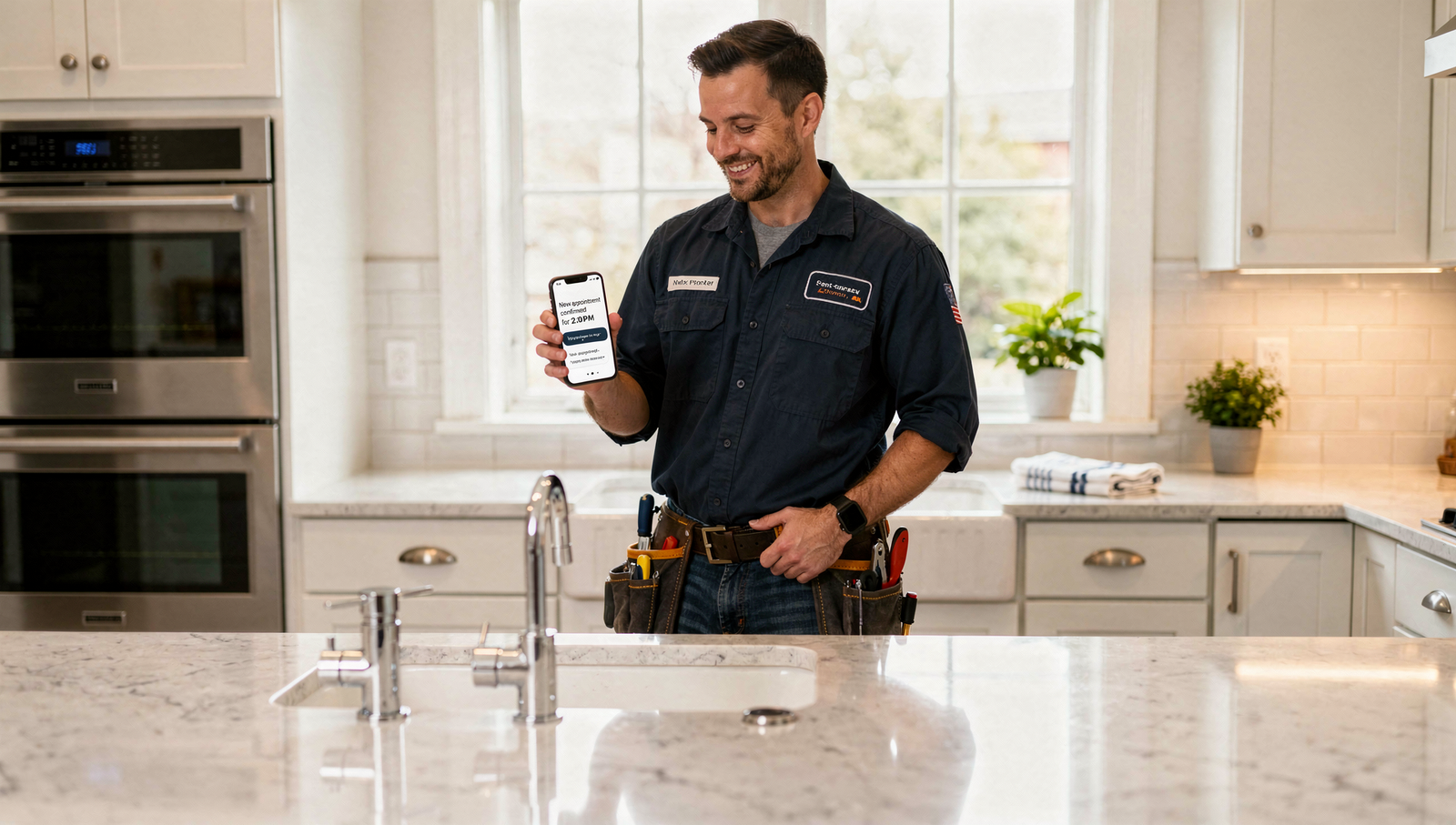How Realtors Position Themselves as Local Experts
If you are wondering how realtors position themselves as local experts, the answer is a structured mix of consistent content, visible community presence, and proof. Sellers choose the agent who communicates clearly, shows up regularly, and demonstrates results. This guide gives you a practical system to build that reputation and turn attention into listings.
The Local Expert Formula: Credibility + Consistency + Community
Local expertise is not a tagline. It is a stack of signals that your market sees over time. You will build it faster when you focus on three pillars:
Credibility with data, case studies, and clear processes
Consistency across your website, social channels, and email list
Community connections that keep your name circulating online and offline
Below you will find step-by-step actions, real scenarios, and templates you can implement right away.
Positioning Statement That Sellers Remember
Create a single sentence that guides your branding and content:
“I help homeowners in [micro-market] sell for top dollar with transparent pricing strategy, targeted digital marketing, and concierge preparation.”
Use it everywhere. Add it to your bio, your website hero section, your email signature, and the first line of your social profiles. Consistency builds recall.
Map Your Micro-Market
Local experts think small. Choose a primary zone of 3 to 7 neighborhoods where you will out-educate everyone. Build pages and content around:
Neighborhood overviews and price trends
School and park highlights
Commute times and major employers
Recent sales with short commentary
This narrow focus helps Google understand what you should rank for and helps homeowners recognize that you truly know their streets.
Proof Library You Can Reuse Everywhere
Build a folder labeled Proof Library and start collecting:
Market snapshots you update monthly
Before and after prep stories with photos
Pricing strategy explanations with examples
Sold maps with quick blurbs on each listing
Testimonials organized by neighborhood
You will use these assets in listing presentations, blog posts, emails, and short videos. Proof shortens sales cycles.
Your 3-Channel Local Expert System
Use this weekly rhythm to stay visible without burning out.
Website: Publish one locally focused post.
Social: Share three short updates that link back to your site.
Email: Send one monthly market brief with a clear call to action.
For help choosing and connecting tools, see Best Free Tools for Realtors. For converting website visitors, review Real Estate Website Conversion Tips.
Content Engine: What To Post Every Week
1) The 60-Second Market Snapshot
Record a quick vertical video: one data point, one takeaway, one action. Example script:
Hook: “Inventory in Meadow Glen ticked up this week.”
Meaning: “Sellers now face a bit more competition.”
Action: “Reply ‘pricing’ and I will send the latest comp set.”
Post to your social platforms and embed the video in a short website post.
2) Neighborhood Spotlight
Two paragraphs and a map. Include three photos, a price range, and two recent sales with a sentence on why they sold quickly. Link to your contact form.
3) Seller Prep Micro-Guide
Create a checklist for one room or project. Example: “Two-hour kitchen refresh before photos.” Add cost estimates and a single vendor referral.
4) Ask-Me-Anything Post
Invite questions about pricing, days on market, or timing. Respond in comments, then turn the best Q&A into a website FAQ page.
5) Open House Debrief
Share what buyers mentioned, what staged well, and any surprises. Sellers appreciate hearing what is happening on the ground.

See How Many Closings You're Losing to Zillow!
Click Here to Use our Calculator to See How Many Clients Zillow is Taking From You Per Year!
Website Structure That Signals Local Authority
Your site should make it obvious which areas you own. Build these pages and interlink them:
City hub page with a short market overview
Neighborhood pages with photos, price ranges, and lifestyle notes
Market updates archive grouped by month and location
Featured listings and sold gallery by neighborhood
Lead magnets such as a “Seller Prep Playbook”
For deeper guidance on layouts and CTAs, read Real Estate Landing Page Optimization and How to Attract High-End Sellers Online.
Local SEO Moves That Compound Over Time
Add location keywords in titles, H1s, and image alt text.
Use internal links between city hubs, neighborhood pages, and articles.
Embed maps and list nearby landmarks to reinforce geography.
Publish at a steady cadence. Google rewards freshness and topical depth.
To double down on visibility, work through Local SEO for Real Estate Agents and How to Rank Higher On Google Maps.
Email That Feels Personal and Useful
Send a monthly Seller Market Brief. Keep it scannable:
Top stat with a one-line takeaway
Two listings that sold quickly and why
One mini-tip for prep or pricing
One clear CTA to request a value update
Your CRM should tag contacts by neighborhood and interest so emails feel tailored. If you need help choosing a system, compare options in Top 5 Best CRMs for Realtors.
Paid Reach That Feels Like Authority, Not Ads
Use small, targeted campaigns to amplify your content to local homeowners:
Promote your Neighborhood Spotlight to a zip-code audience.
Run a Market Snapshot video to homeowners by age and location.
Retarget anyone who visited your seller pages in the last 30 days.
To decide where to invest first, read Facebook Ads vs Google Ads for Realtors.
Real-World Scenarios
Scenario 1: The Overwhelmed First-Time Seller
A couple in Oak Ridge has never sold a home. They see your weekly 60-second video, then download your “Seller Prep Playbook.” They book a call because your content feels clear and local. You bring your Proof Library to the listing appointment and win the listing at a full-service commission.
Scenario 2: The High-End Downsizer
A longtime owner in Riverwalk is nervous about timing and price. She receives your Seller Market Brief with a note about fewer cash buyers and how pricing bands are shifting. You offer a two-step launch: test price with private showings, then public launch the following week. Your expertise and calm process become the deciding factors.
Scenario 3: The For-Sale-By-Owner Who Stalled
A FSBO in Lakeview sits for 21 days. He reads your market update explaining how a five percent price gap creates a traffic cliff. Your data plus a light staging plan get you the appointment. You relaunch with fresh photos and a new copy line that speaks to commuting buyers, and it sells with multiple offers.
What Data To Reference Without Overloading
Use simple, visual numbers that sellers understand at a glance:
Median sale price and days on market for their neighborhood
List-to-sale price ratio as a range, not a single number
Number of new listings and absorption rate trend
Showing activity or open-house foot traffic when you have it
Turn data into meaning. Say “Homes priced between 450k and 500k moved fastest last month” rather than dropping a spreadsheet.
Brand Touches That Signal Local Roots
Feature photos of parks, schools, and small businesses.
Share two short vendor spotlights each month.
Attend one community event weekly and post a sincere recap.
Use a branded map of your focus neighborhoods on your About page.
Keep a running “What I am seeing this week” note in your stories.
These touches make you the friendly pro who knows what is happening on the ground.
Tech Stack That Keeps You Organized
CRM for tags, automations, and pipeline visibility. See Top 5 Best CRMs for Realtors.
Content calendar that lists topics by neighborhood and date.
Form and landing pages tied to your seller offers. For help boosting conversions, review Real Estate Website Conversion Tips.
Toolbox for graphics, screen recordings, and quick edits. Explore our curated options in Best Free Tools for Realtors.
30-Day Action Plan To Claim Local Expert Status
Week 1
Write your positioning statement.
Choose your 3 to 7 neighborhoods.
Build or refresh city hub and two neighborhood pages.
Set up a monthly Seller Market Brief template.
Week 2
Record two 60-second snapshots.
Publish one Neighborhood Spotlight.
Create a Seller Prep Playbook lead magnet.
Add internal links between your new posts and neighborhood pages.
Week 3
Send your first Seller Market Brief to tagged contacts.
Run a small promotion to homeowners near your target areas.
Add one sold gallery with short stories for three recent transactions.
Week 4
Host a live Q&A on your social channel.
Post an Open House Debrief with three buyer insights.
Review analytics and save wins to your Proof Library.
KPIs That Tell You It Is Working
Website: visits to neighborhood pages, time on page, and form fills
Email: open rate above 35 percent and replies asking for value updates
Social: reach within your target zip codes and saves on your snapshot posts
Pipeline: listing appointments booked from market content
Track weekly and adjust topics based on what earns clicks, replies, and calls.
Common Pitfalls To Avoid
Being too broad with your geography
Posting only when you have a listing
Talking like a spreadsheet instead of a neighbor
Sending email without a clear CTA
Ignoring your website while relying only on social platforms
When in doubt, simplify. One clear idea per post beats a list of twenty.
Stronger Together: Ads, Email, and Website
Your best results come when your channels support each other. Publish the article on your site, share the key takeaway across social, and send the highlights to your email list with one button to request a value update. If you are weighing paid exposure, consider the tradeoffs in Facebook Ads vs Google Ads for Realtors.
Final Word and Next Step
Building authority is not about being everywhere. It is about showing up with purpose where your homeowners actually live and search. When you apply these steps on how realtors position themselves as local experts, you will be the agent sellers already trust before they ever click “contact.”
Want a luxury website that showcases your local expertise and turns visitors into listing appointments? Book a free consultation with Digital Dream Homes and we will build the platform that powers your brand.
Matt Pieczarka
Want a Free Website Audit?
Fill out your information below and we will send you a personal screen share video of tips on how to make your actual website better!
7 Storytelling Plays That Turn Plumbing Websites Into Lead Machines
7 Storytelling Plays That Turn Plumbing Websites Into Lead Machines Facebook X LinkedIn Threads Email The tricks learned in this video and blog post have gotten one of our clients
9 Plumbing Company Branding Strategies That Get More Calls
9 Plumbing Company Branding Strategies That Get More Calls Facebook X LinkedIn Threads Email The tricks learned in this video and blog post will help you get your brand to as many
7 Plumbing Membership Plans Benefits That Boost Profit
7 Plumbing Membership Plans Benefits That Boost Profit Facebook X LinkedIn Threads Email The tricks learned in this blog post have increased recurring revenue for one of our plumbi
7 Plumbing Services Pricing Tiers That Sell Like Crazy
7 Plumbing Services Pricing Tiers That Sell Like Crazy Facebook X LinkedIn Threads Email The tricks learned in this video and blog post have gotten one of our clients an average of
7 Plumbing Service Pricing Strategies To Boost Profit
7 Plumbing Service Pricing Strategies To Boost Profit Facebook X LinkedIn Threads Email The tricks learned in this video and blog post have gotten one of our clients an average of
7 Plumbing Maintenance Agreement Strategies That Drive Revenue
7 Plumbing Maintenance Agreement Strategies That Drive Revenue Facebook X LinkedIn Threads Email Most plumbers leave recurring revenue on the table. These maintenance agreement str
AI Tools for Plumbing Businesses That Book Jobs 24/7
AI Tools for Plumbing Businesses That Book Jobs 24/7 Facebook X LinkedIn Threads Email The AI tricks learned in this blog post have gotten one of our plumber clients an average of
Hiring Plumbers And Onboarding Program For Rockstar Crew Growth
Hiring Plumbers And Onboarding Program For Rockstar Crew Growth Facebook X LinkedIn Threads Email The strategies in this blog post helped one of our plumbing clients cut onboarding
7 SMART Goals For Plumbing Growth In 90 Days
7 SMART Goals For Plumbing Growth In 90 Days Facebook X LinkedIn Threads Email The strategies in this blog post helped one of our clients get organized and grow his plumbing busine

